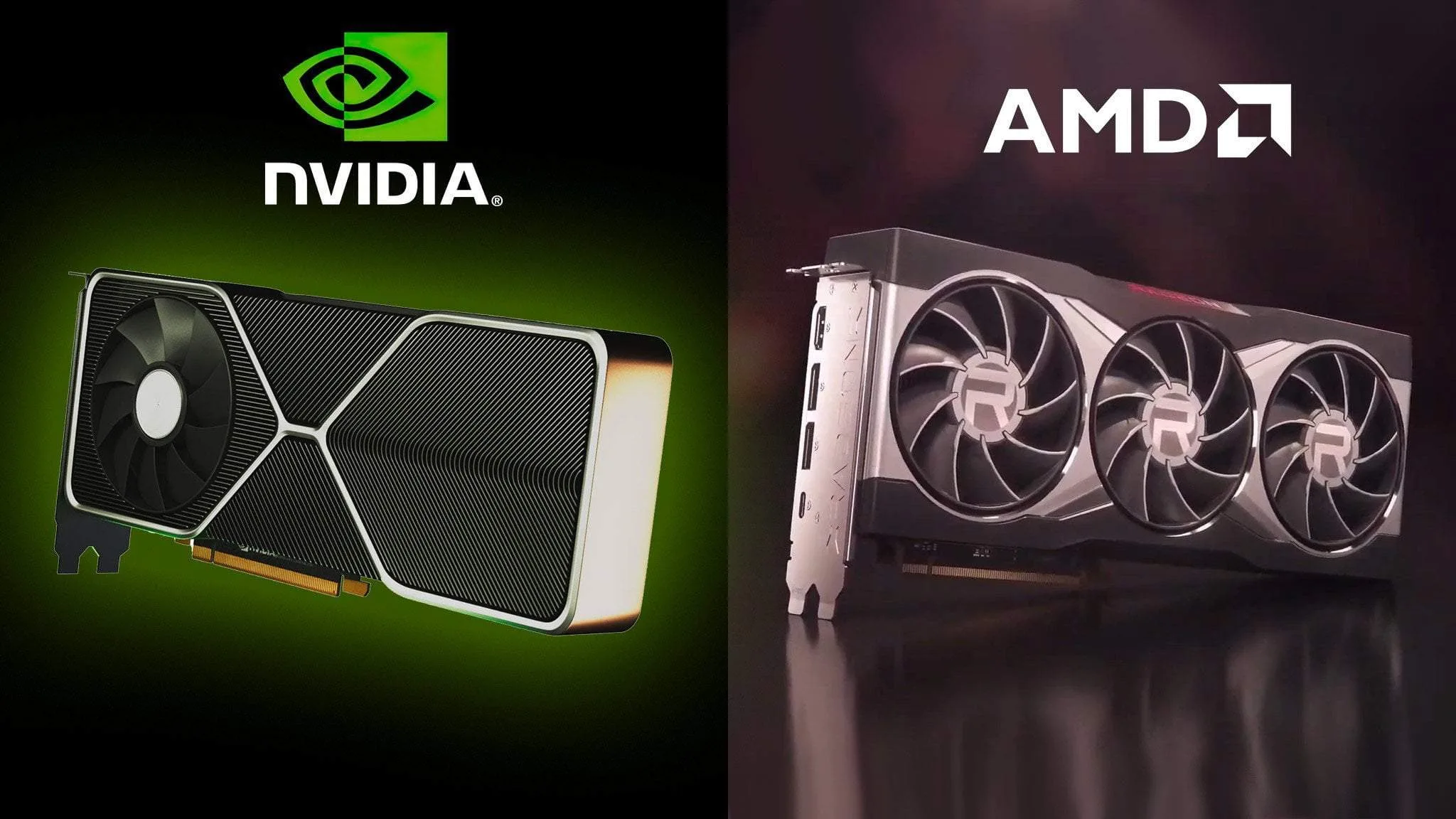Nvidia could release next-generation graphics cards (presumably RTX 4000) in October next year – and possibly in direct competition with AMD’s RDNA 3 GPUs (plus RTX 3000 Super variants could be released in early 2022, as a fallback.)
This is the latest from the rumor mill (via VideoCardz) being spread by some prominent hardware leakers. So be careful, but Greymon55 and RedGamingTech believe it is.
Let’s start with Greymon55, who tweeted a response to a PC maker who wanted to know how long they might have to wait for next-gen GPUs and if those cards might be just around the corner.
Interestingly Greymon55 has a firm release date in mind, naming October rather than saying Q4, before clarifying that they aren’t talking about Nvidia specifically, but just next-gen graphics cards in general. As someone tweets in response, that seems to imply the possible scenario that both AMD and Nvidia’s next range of GPUs will both come out in October 2022, but Greymon55 doesn’t confirm or deny – which might suggest agreement (or not – we’ll go into that in more depth later).
Greymon tweeted that he expects RTX 3000 Super laptop cards “early next year”, confirming some (slightly older) speculation from YouTube RedGamingTech about the Super GPU being prepared for a theoretical launch in early 2022 at CES. Those would be the mobile parts, and tweaked laptop GPUs may only offer a slight performance boost of 5% to 10% over existing (not super) mobile GPUs, heard RedGamingTech
RedGamingTech says its mobile graphics card news source observes that there may be Super GPUs on desktops as well, but they won’t offer much performance gains either.
As third-party graphics card manufacturers who have not yet been informed of the alleged Super desktop models, it is to be expected that they will develop later (if any at all) given that Nvidia will not want to launch them too close to next-gen cards – possibly debuting in October, as mentioned – for obvious reasons.
Another interesting snippet to note from RedGamingTech: AMD and Nvidia are both “nervous” about Intel’s debut in the desktop GPU market, given that Team Blue has reportedly invested a lot of money in R&D to move it forward. Intel Arc cards. It’s certainly believable and a heartwarming rumor to hear – the more competition there is in the GPU arena, the better, for sure.
Analysis: Timing can be tricky beast to call
Greymon has previously indicated that Nvidia ‘Lovelace’ GPUs (RTX 4000) would be likely to arrive no earlier than the end of 2022. Arguably, October is Q4 which is of course the final quarter, so still sort of the end of next year, but it feels like the leaker is now more optimistic about a potential arrival timeframe of slightly sooner than anticipated before.
Except, of course, for the important fact that Greimon does not specify that it is Team Green that will release their next generation GPUs next October, and as we mentioned above, one of the Twitter dwellers raises the likelihood that Nvidia will also be released. … and the release of AMD’s graphics card in October, which Graymon does not rule out (and does not confirm) So this could be an opportunity, or maybe a leak is hinting that in fact AMD may arrive with next generation cards (RDNA 3) in October and not Nvidia (unlike Nvidia). Previously, there were rumors that AMD expects to launch the Q4 in 2022, so this is still a good fit.
Don’t forget, though, that another rumor peddler, Kopite7kimi on Twitter, believes that Lovelace cards will turn up not in late 2022, but a ‘little bit earlier’, which would seem to fit with an October release date for Team Green.
Of course, before we get carried away with all of this or the possibility of a next-gen head-to-head GPU deathmatch, we must remember that attempting to pinpoint exact launch dates at this point requires extreme caution as these plans are in place this can still slide (any start timescale can). However, what we can glean from this, and other recent grapevine chatter, is that we can hope that we’ll see some kind of next-generation GPU for at least a while before the end of 2022.







